RBI Official: India Has Entered Recession For First Time, GDP To Contract By 8.6%
Thu 12 Nov 2020, 16:07:58
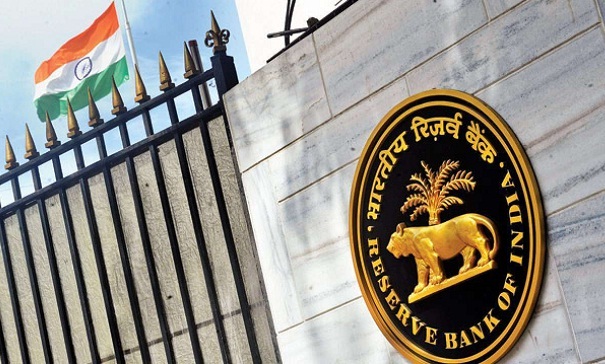
The GDP is likely to contract by 8.6 percent for the July-September period, which means India will enter into a recession for the first time in history in the first half of this fiscal with two successive quarters of negative growth due to the Covid-19 pandemic, as per an RBI official.
Researchers have used the 'nowcasting' method to arrive at the estimates ahead of the official release of data and their views in an article in RBI's monthly bulletin released on Wednesday do not constitute the central bank's views.
The pandemic-induced lockdowns had led to a steep contraction of 23.9 percent in the GDP for the April-June quarter as compared to the same period a year ago.
The RBI has estimated that the economy will contract by 9.5 per cent for the full fiscal year. "India has entered a technical recession in the first half of 2020-21 for the first time in its history with Q2 2020-21 likely to record the second successive quarter of GDP contraction," as per the article titled 'Economic Activity Index', authored by Pankaj Kumar of the Monetary Policy Department.
It, in any case, added that the constriction is "ebbing with steady standardization in exercises and expected to be brief."
The record is developed from 27 month to month pointers utilizing a unique factor model and recommends that the economy bounced back pointedly from
May/June 2020 with the returning of the economy, with industry normalizing quicker than contact-serious help areas, it said.
May/June 2020 with the returning of the economy, with industry normalizing quicker than contact-serious help areas, it said.
The financial action record can be utilized to measure directional developments in GDP development well in front of authentic deliveries, it said. The official GDP information will be delivered not long from now.
The article said in spite of the seething pandemic, starter gauges are demonstrating a hop in family budgetary investment funds to 21.4 percent of GDP for the June quarter, as against 7.9 percent in the June 2019 quarter and 10% in the quickly going before March 2020 quarter.
"The sharp increase is counter-seasonal and may be attributed to the Covid 19-led reduction in discretionary expenditure or the associated forced saving and the surge in precautionary saving despite stagnant/reduced income," it said.
The estimated increase in financial savings looks consistent with other macroeconomic statistics, in particular the decline in private final consumption expenditure and the surplus position in the external current account, it said.
The "yawning gap" between credit extended and deposits mobilized during the April-June period contributed to the spike in household financial savings as the financial instruments relating to banks continue to dominate the household financial assets and liabilities, it said.
No Comments For This Post, Be first to write a Comment.
Most viewed from National
Most viewed from World
AIMIM News
Asaduddin Owaisi questions PM Modi's China policy
Jan 08, 2025
Owaisi slams UP over police post near Sambhal mosque
Dec 31, 2024
Owaisi hails SC order on Places of Worship Act
Dec 13, 2024
AAP Corporator Tahir Hussain joins AIMIM party
Dec 11, 2024
Latest Urdu News
Most Viewed
May 26, 2020
Which political party will win the Delhi Assembly polls to be held on Feb 5?
Latest Videos View All
Like Us
Home
About Us
Advertise With Us
All Polls
Epaper Archives
Privacy Policy
Contact Us
Download Etemaad App
© 2025 Etemaad Daily News, All Rights Reserved.

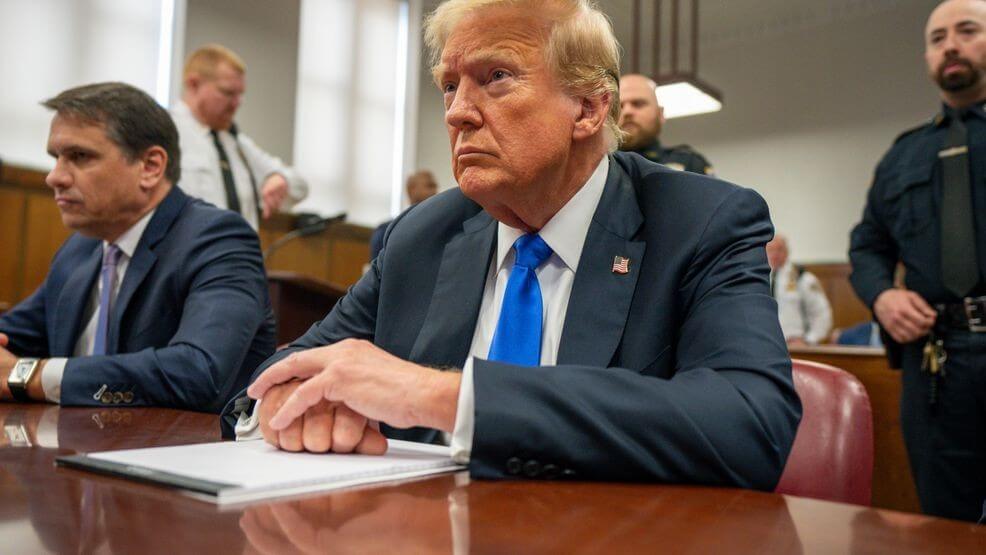
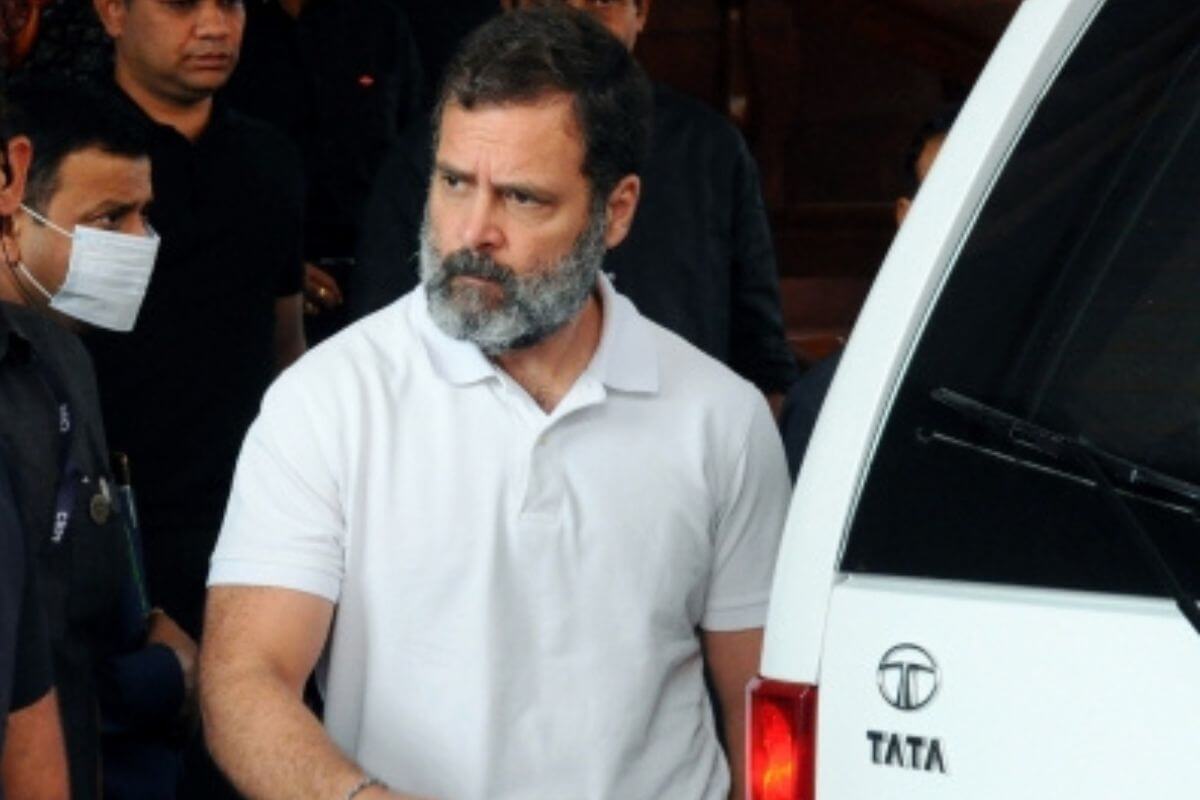
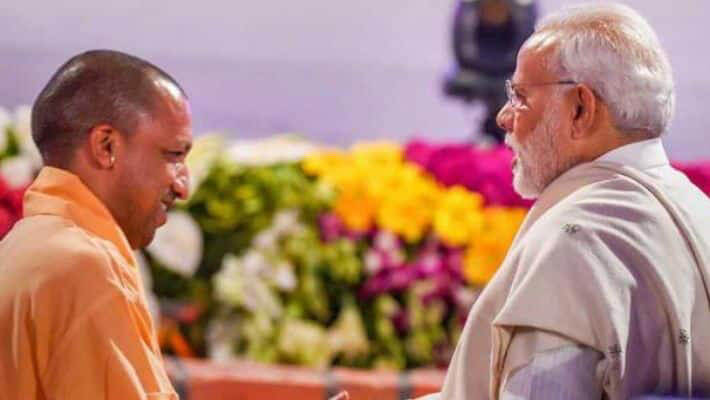


.jpg)
.jpg)
.jpg)
.jpg)
.jpg)
.jpg)

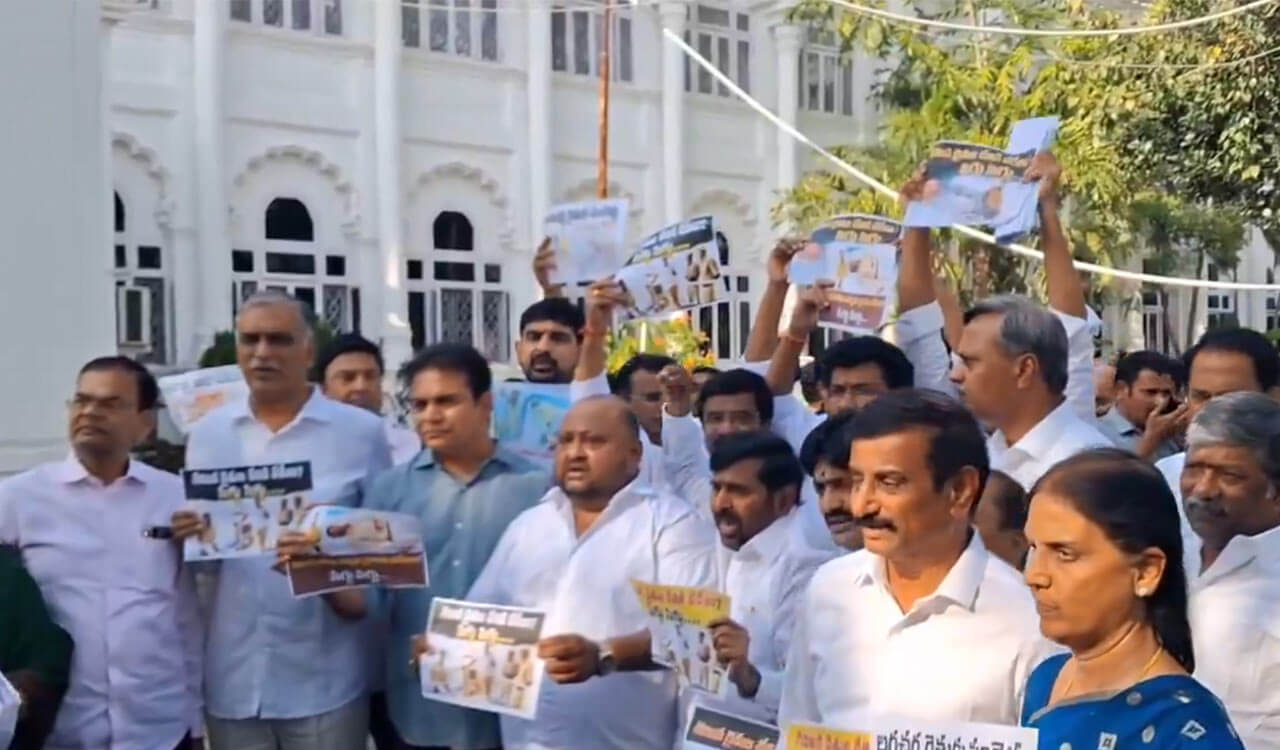
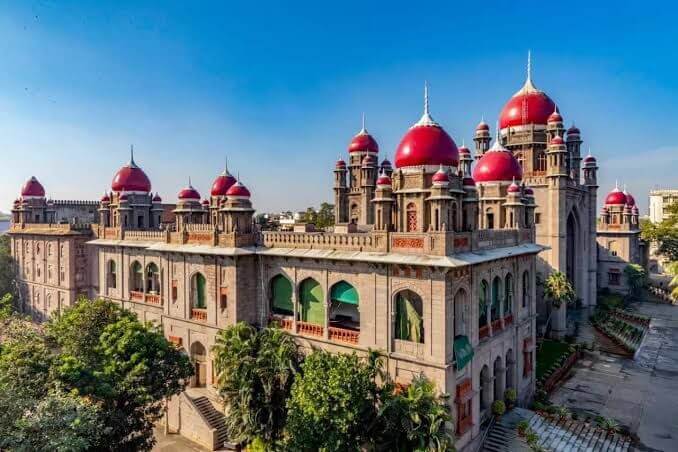
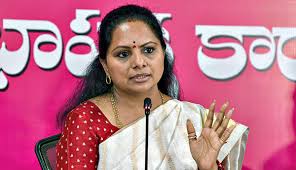
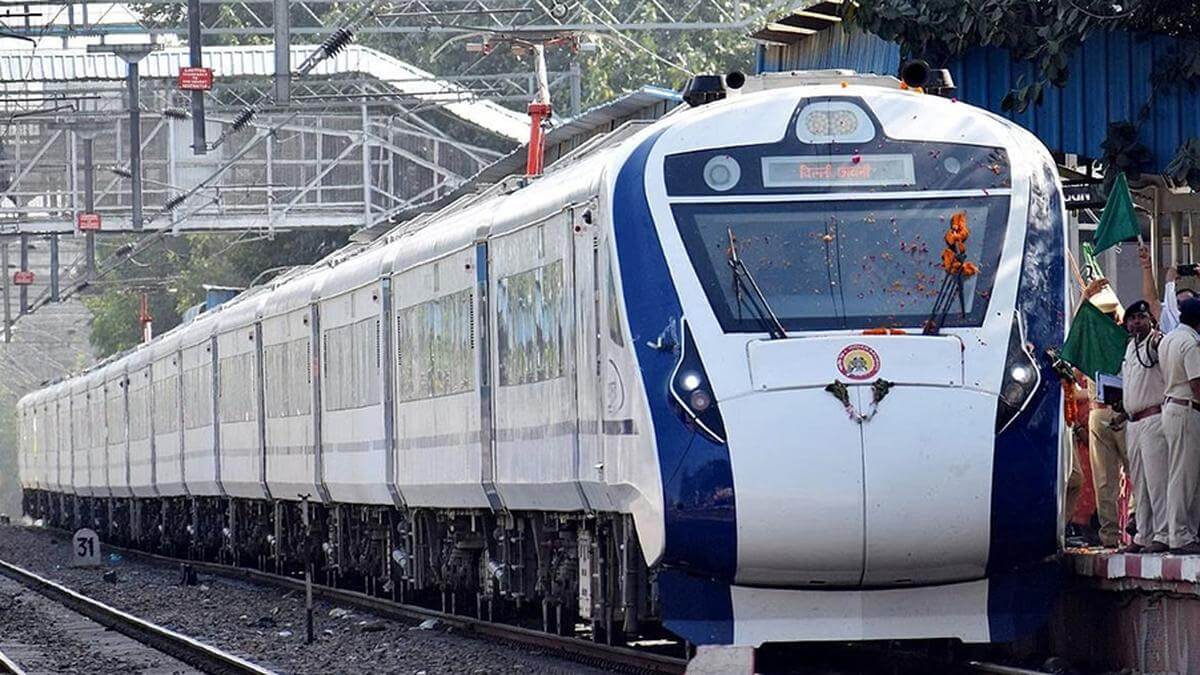
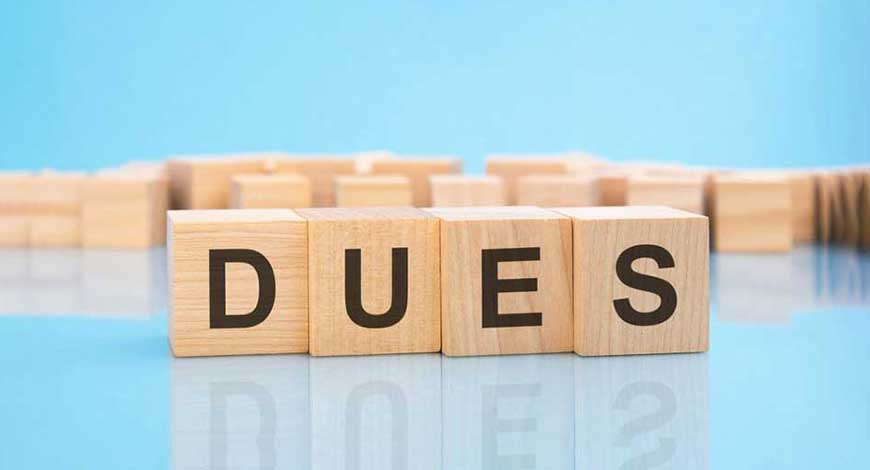
.jpg)
.jpg)
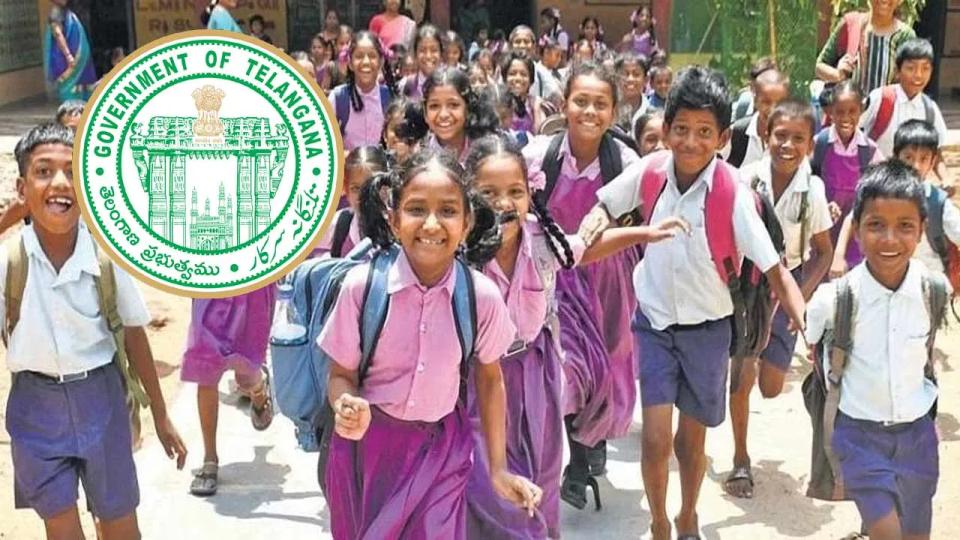
.jpg)
.jpg)
.jpg)
.jpg)
















